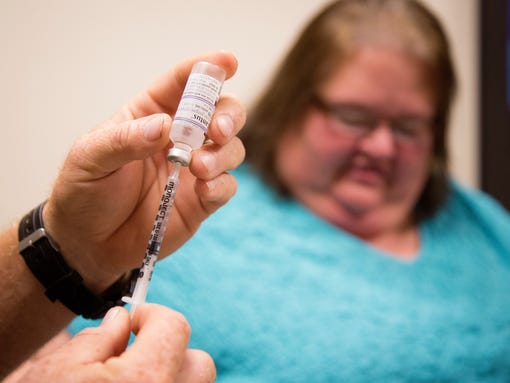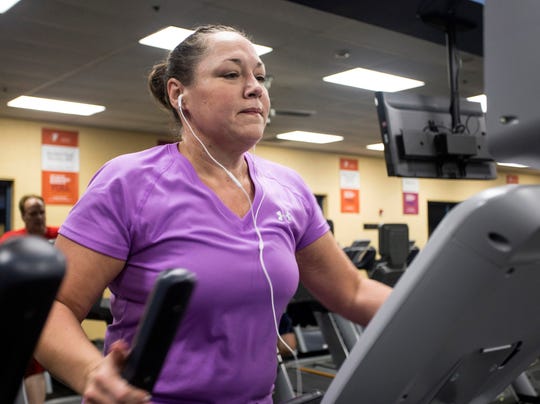 Alisha
and Tony Blankenbeckler prepare an insulin injection during a visit
with Kentucky Homeplace, which provides free medicines to the poor.
Alisha has diabetes and a long list of related illnesses.Americans are getting fatter, and older. These converging trends are
putting the USA on the path to an alarming health crisis: Nearly half of
adults have either pre-diabetes or diabetes, raising their risk of
heart attacks, blindness, amputations and cancer.
Alisha
and Tony Blankenbeckler prepare an insulin injection during a visit
with Kentucky Homeplace, which provides free medicines to the poor.
Alisha has diabetes and a long list of related illnesses.Americans are getting fatter, and older. These converging trends are
putting the USA on the path to an alarming health crisis: Nearly half of
adults have either pre-diabetes or diabetes, raising their risk of
heart attacks, blindness, amputations and cancer.

